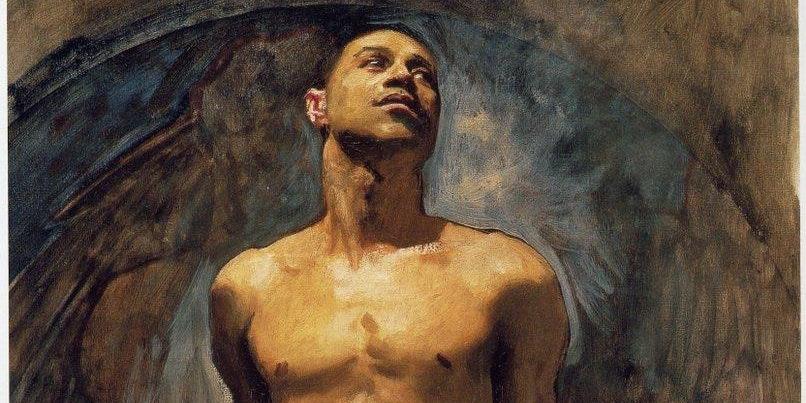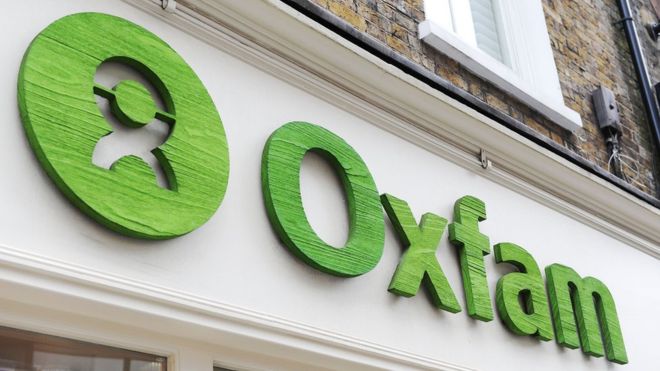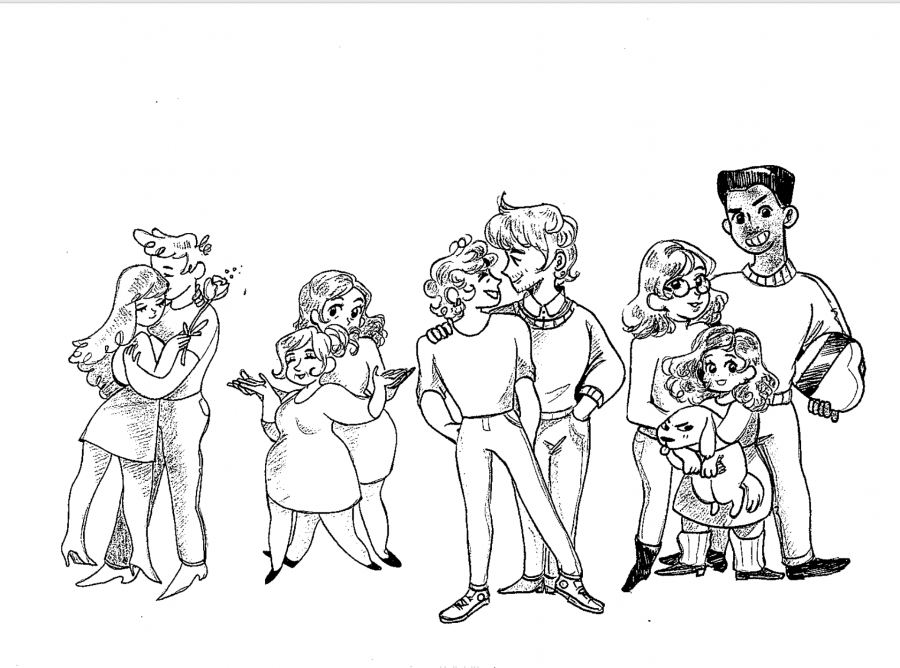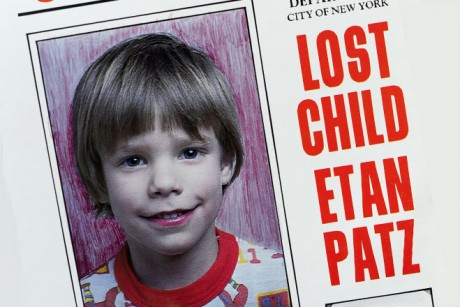Recently there were new developments in the kidnapping case of Etan Patz. A man named Pedro Hernandez kidnapped six-year-old Patz over thirty years ago and murdered him. He confessed to the crime and a jury found him guilty.
As soon as the verdict was announced, many news outlets shared the victory that the family of this young Caucasian boy received in court. Patz is a particularly interesting case because he was the first child whose face made it onto a carton of milk as a strategy to raise public awareness to missing children. After so many years, Patz has gotten justice.

However, we must not forget that there are countless stories of kidnapped children who never even make national headlines. These underrepresented children are often of color.
According to the 2015 FBI statistics, an average of over 600,000 people go missing in the U.S. every year. Of those people, 38.9 percent are juveniles under the age of 18. The 2015 data are the most recent statistics from the National Crime Information Center (NCIC): Missing Person and Unidentified Person unit. The NCIC states that only 0.1 percent of missing children are abducted by a stranger (as opposed to a guardian).
Despite making up the smallest percentage, the majority of national news coverage relating to such missing person stories focus on the circumstances where a stranger abducts a child.
It is frustrating that while stranger kidnappings are a fairly small percentage of all abductions, most news stations perpetuate the fear that strangers are likely to attack someone.
However, the real problem with the news’ coverage of stranger kidnappings is that there is a racial bias that underrepresents people of color. It is more likely that news media will cover the abductions of Caucasian children more than missing persons of other categories of race.
Children who are not white and/or from good socioeconomic backgrounds will receive less national coverage and will not be represented accurately in the media.
A 2015 study conducted by Simmons and Woods found that media outlets only referenced African-American kids 7 percent of the time they covered missing children stories, but African-American children account for 35 percent of the NCIC’s cases. The study argues that there is a racial selection bias regarding which stories receive representation in the media.
It is great that abducted children are given coverage because the more people who know about a kidnapping, the greater the likelihood that someone may report something about the case. But the prioritization Caucasian children over other ethnicities, and that is a problem.
The general public views the media as accurately representing real life. Therefore, when it fails at covering children of color the public does not know the reality of the situation.
If news outlets were given the choice to follow a story about a Caucasian boy’s abduction or a Hispanic boy’s, they would choose the former. That is a problem. When the news has biases concerning the coverage of minorities it indicates that some people are more significant than others.
The problem of underrepresentation is likely to continue as it has since 1993 unless change occurs in media outlets’ selection process.




















